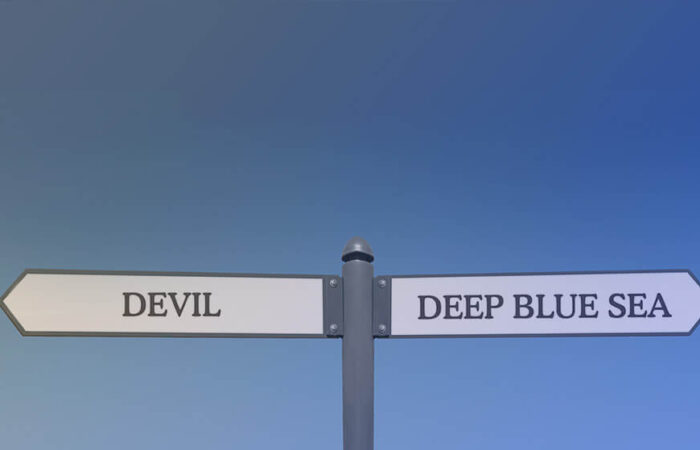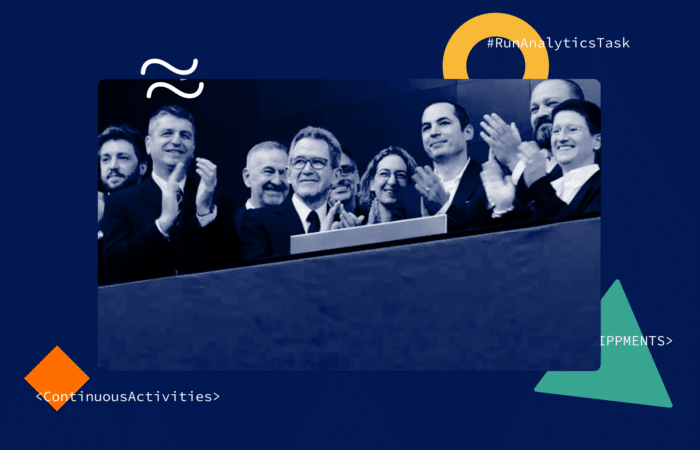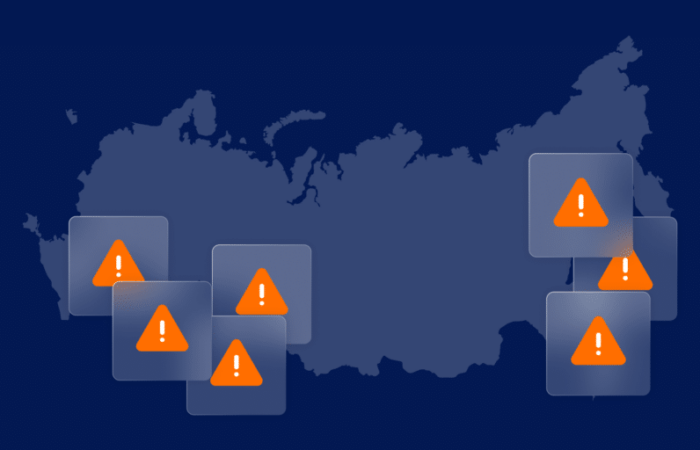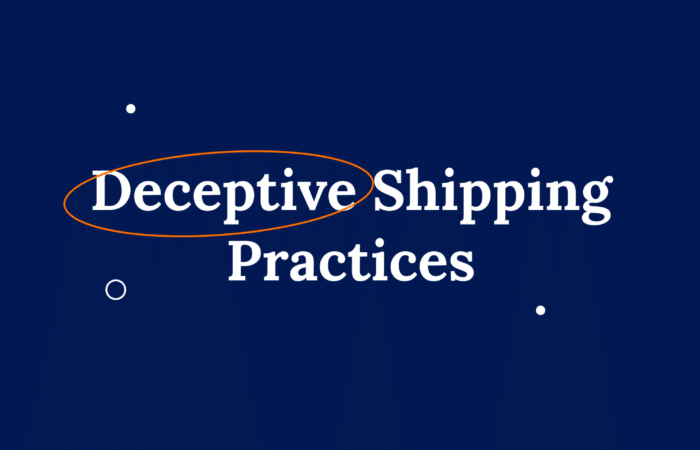What’s inside?
Shipping is an expensive business. Costs for things like fuel, crews, port fees and maintenance can add up to millions of dollars. To be profitable, a ship has to be run as efficiently as possible. If it isn’t, it may indicate the vessel is making money illegally; or that it’s vulnerable to being exploited by criminals.
It’s a bit like unemployment. Studies show a strong correlation between joblessness and crime. Likewise, gaining a deeper understanding of a ship’s economic performance can give us a new perspective for assessing maritime risk, enabling us to identify underutilized ships as potential threats.
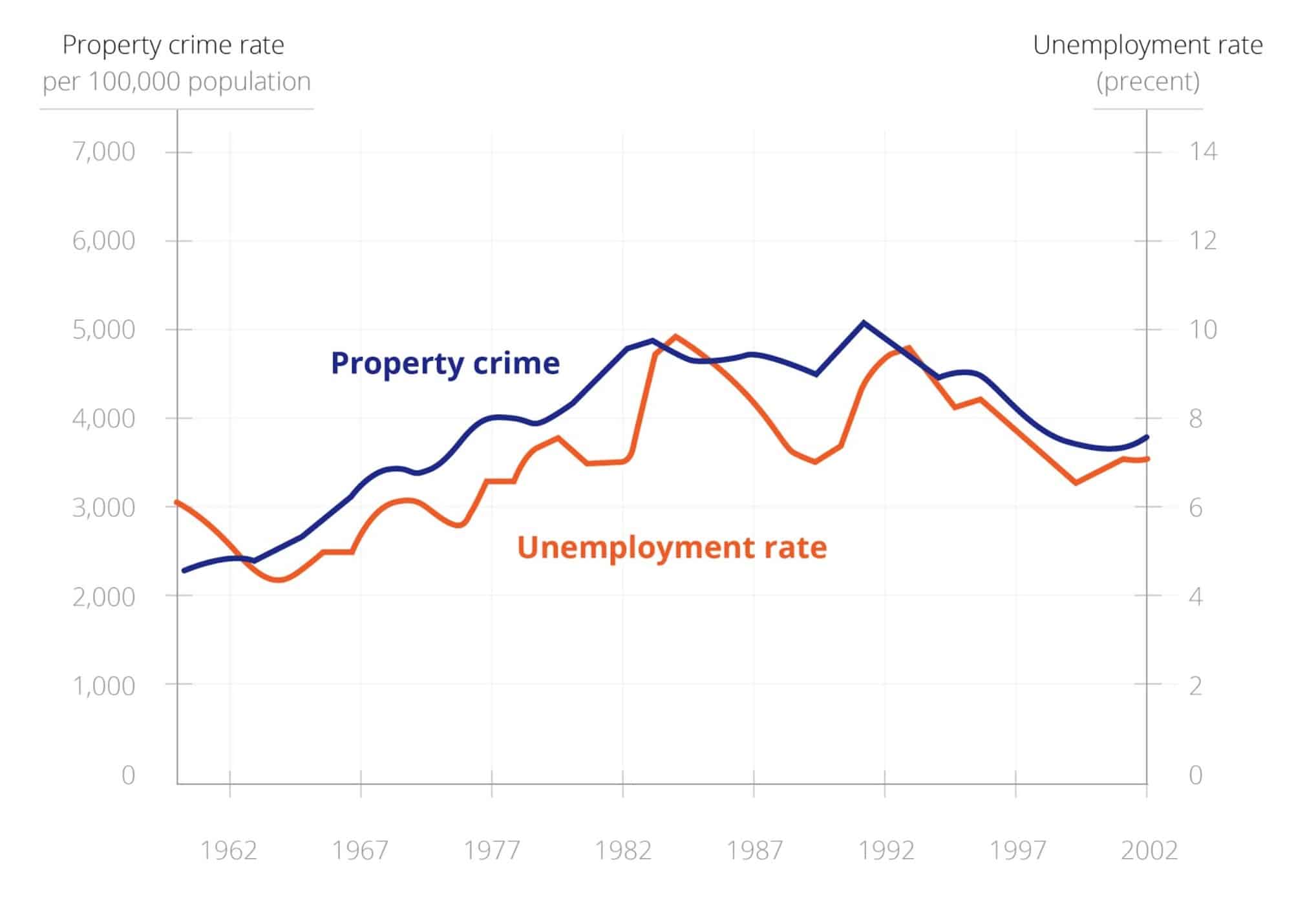
Every Ship is Unique
As previously discussed, every vessel has a unique Operational Profile, which is dynamic and changes over time. Unlocking it can create a fresh perspective on the different risks associated with each and every ship and fleet.
Take Geography. Where a ship operates and how long it stays in different places is the most fundamental aspect of the operational profile. For example, our analysis shows that vessels which operated in more than 10 different Exclusive Economic Zones in the past year are up to 9 times more likely to be involved in illicit activity today.
Or how about Ports? Common sense dictates that a ship – especially a cargo ship – makes money when trading (and to trade, vessels need to visit ports) So it follows that vessels that spend more time in port are likely to be more active traders, reducing the likelihood of their being involved in illicit activities. Our data backs this up: our analysis shows that vessels spending shorter periods of time in port during the past year are twice as likely to be involved in smuggling today.
Overall, there are 1500 such operational risk factors, each contributing to the risk of a ship being involved in smuggling now. But this data is far too granular to effectively support risk assessment for potential targets. And it would be impossible for a person to analyse such a huge amount of the stuff, day in and day out for every vessel in their area of interest.
Rank Ships, Every Day
That’s why we use machine learning models to rank the risk of every ship, every day. Trained on a database of hundreds of past cases, the models find the signals that indicate nefarious behavior, and then look for these same signals in today’s fleet to highlight the top 2% of high-risk vessels. Based on our research, this population of just over 2,800 vessels account for more than 80% of smuggling events. That’s four times more effective than using risk profiles based on classic risk indicators such as age, flag changes and country of ownership.
Technology had always been used to improve safety and security – just as it’s always been used to create new types of threats. That’s why security and law enforcement agencies have no choice but to remain at the forefront of technological developments. There will always be wolves. Technology is our way of making sure we keep them far from our doors.














